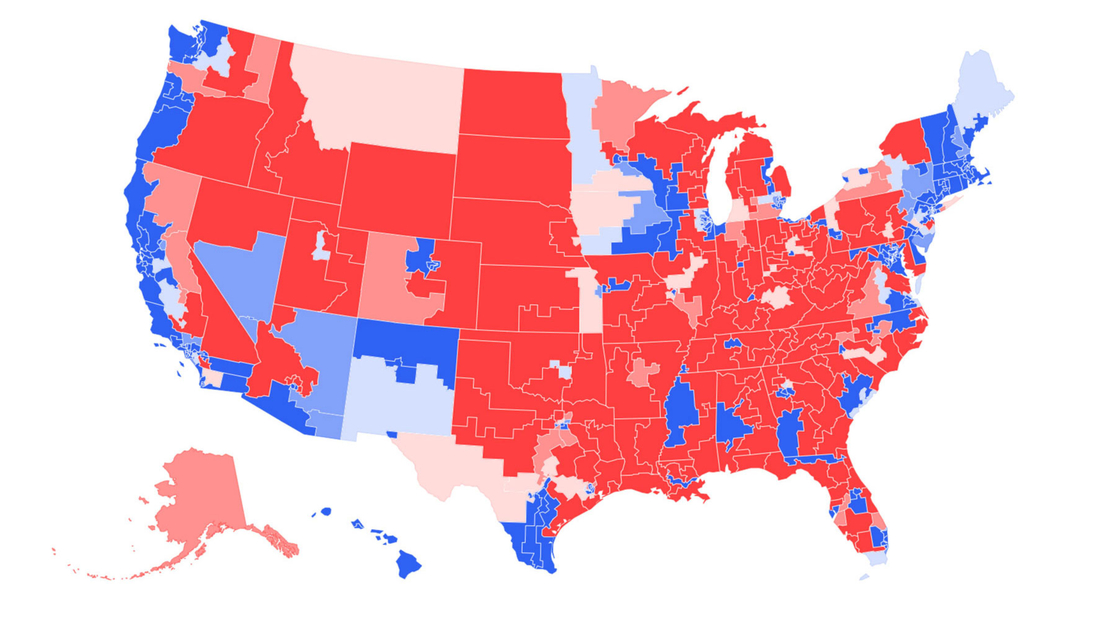Democrats’ chances of holding narrow majorities in the House and Senate are slim, but a new model suggests that all is not lost for the party
The first midterm election of a newly elected president is almost always bad news for their party in Congress. Republicans lost 40 seats in the House in 2018, while Democrats dropped 62 seats in 2010.
In fact, the president’s party has lost, on average, nearly 28 House seats and more than three Senate seats in the 19 midterm elections between 1946 and 2018.
Abramowitz’s model is primarily powered by two factors:
1) The generic ballot question. This Is a common question asked in national polls that usually goes along these lines: “If the election was today, would you vote for the Democratic or Republican candidate for House?” No names are used — hence “generic.” While the generic ballot is useless in predicting the outcome of any individual race, the question has generally served as a good indicator of what way the national winds are blowing — and which party is benefitting.
2) The raw number of seats both parties are defending. In Abramowitz’s model, he sets that at 222 Democratic House seats (out of 435) and 14 Senate seats (out of 34 up in 2022).
Depending then on which side has the edge in the generic ballot, Abramowitz’s model spits out a variety of outcomes.
The rosiest for Democrats (a 10-point lead in the generic ballot in the fall of 2022) would result in a gain of two seats for House Democrats and a three-seat pickup for Senate Democrats.
The worst scenario (a 10-point edge for Republicans in the generic ballot) would, according to the Abramowitz model, result in a 32-seat loss by Democrats in the House and a 1-seat loss in the Senate.
“Despite their extremely narrow majorities, the forecasts … show that Democrats have a reasonable chance of keeping control of both chambers in the midterm elections if they maintain at least a narrow lead on the generic ballot,” concludes Abramowitz.
The Point: Next November is a loooong way off. But Abramowitz’s model provides a glimmer of hope for Democrats expecting doom and gloom in 2022.
![]()



